Buy storm and surface water pumping stations directly from the UK manufacturer. We have been producing fully pre-built pumping stations for over 20 years.
Storm and surface water pumping stations are used for overcoming differences in elevation, pressure, or distance, allowing water to be transported efficiently from point A to point B.
Showing all 23 resultsSorted by price: low to high
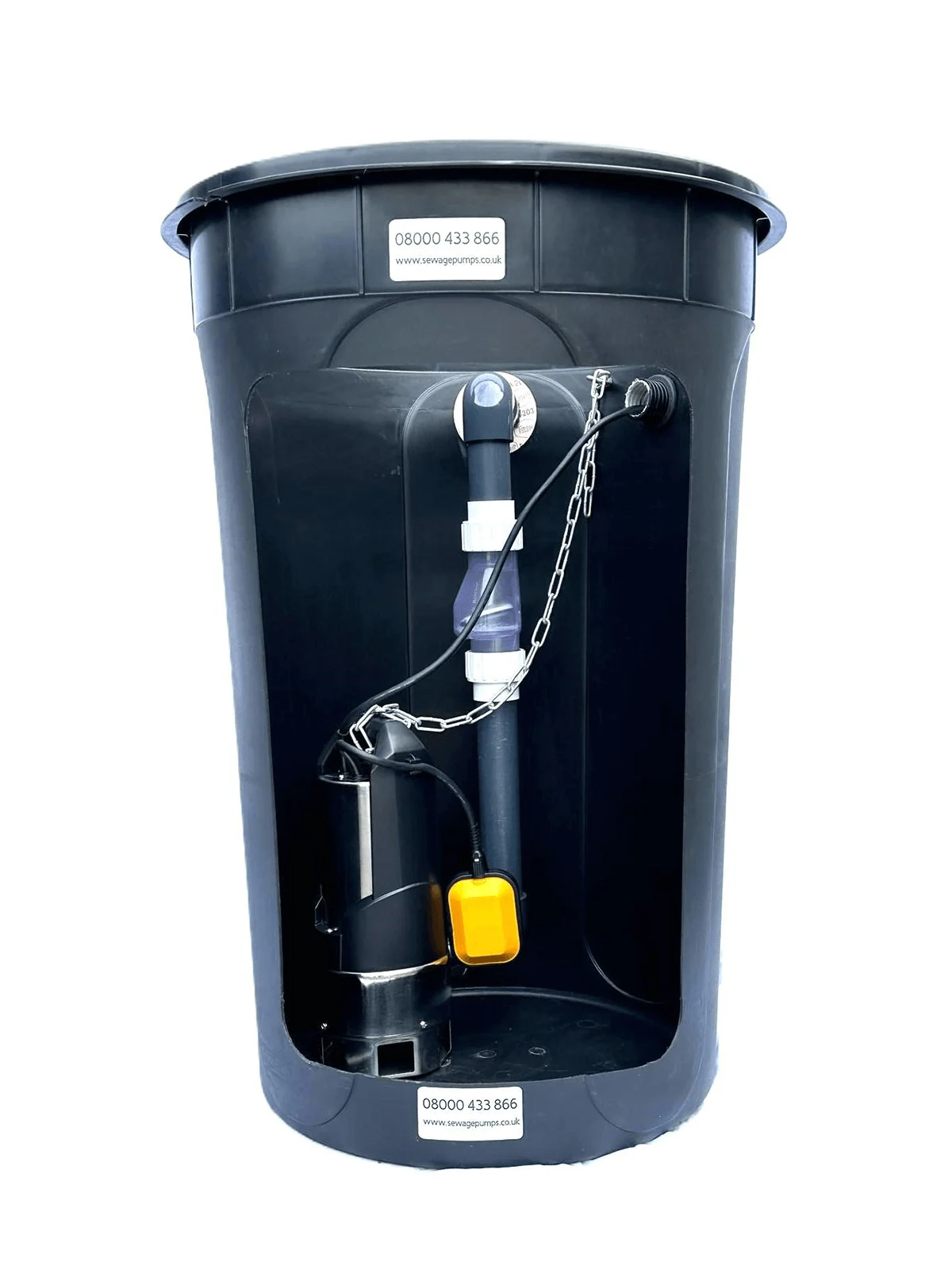
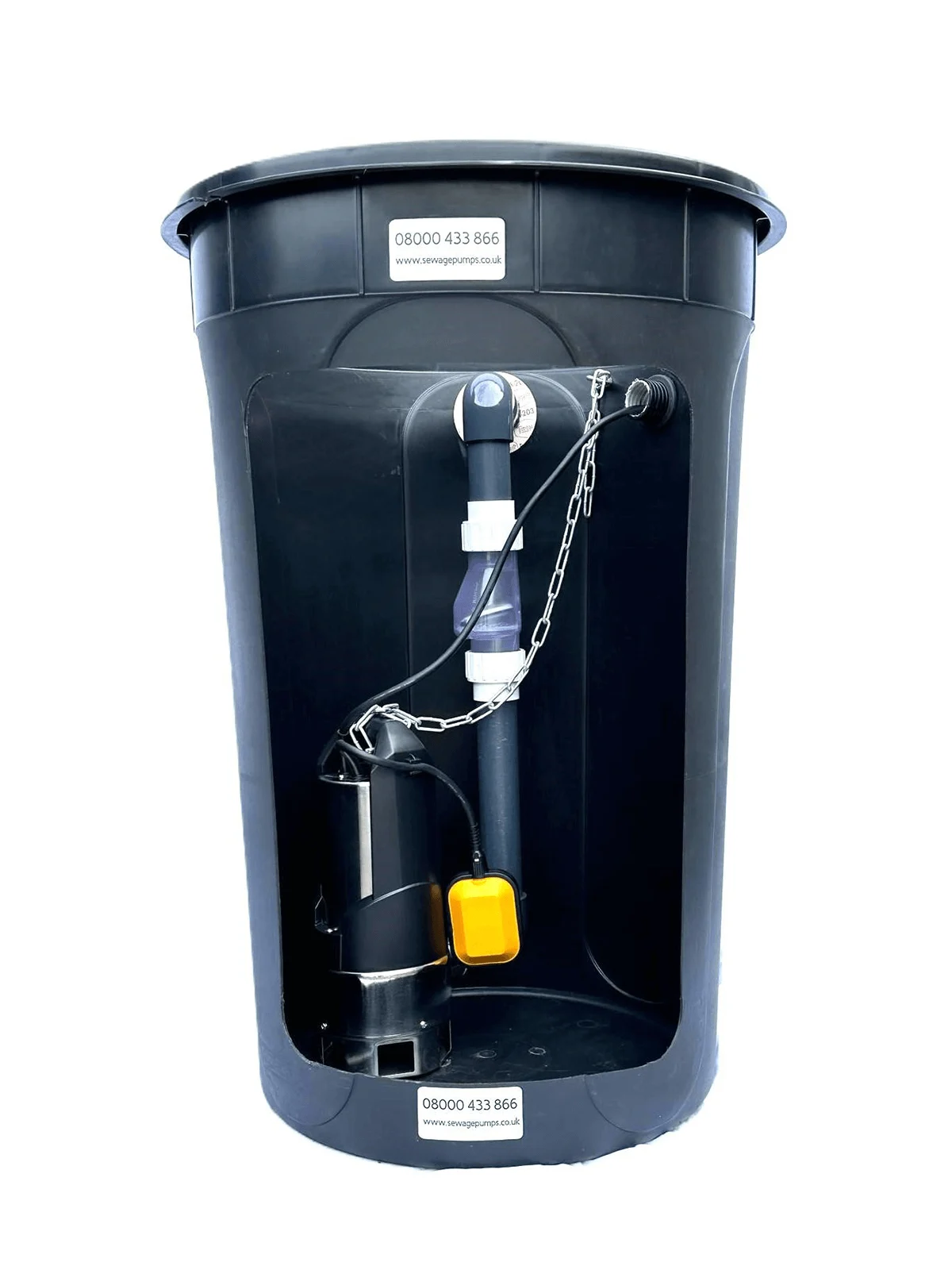
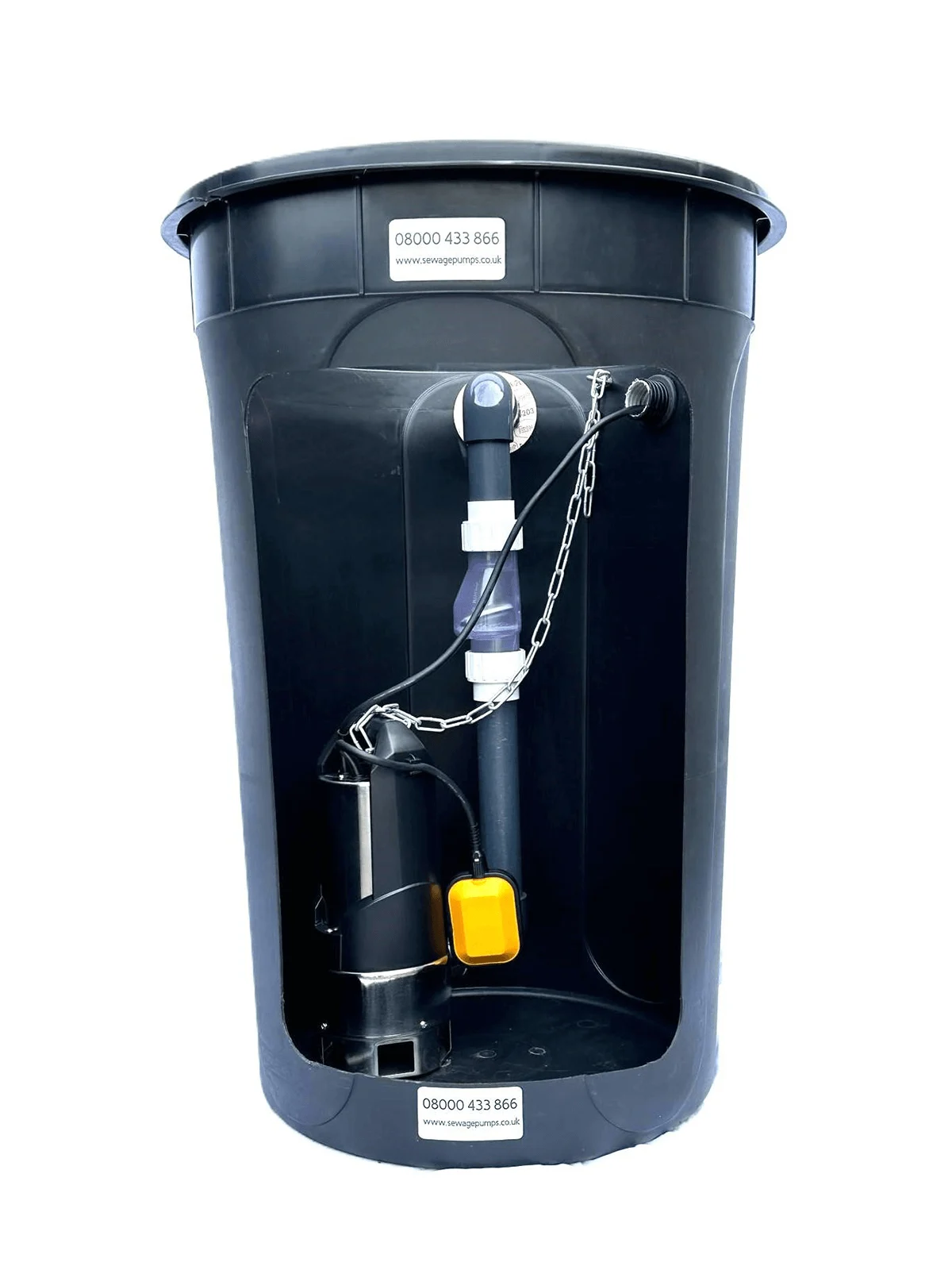
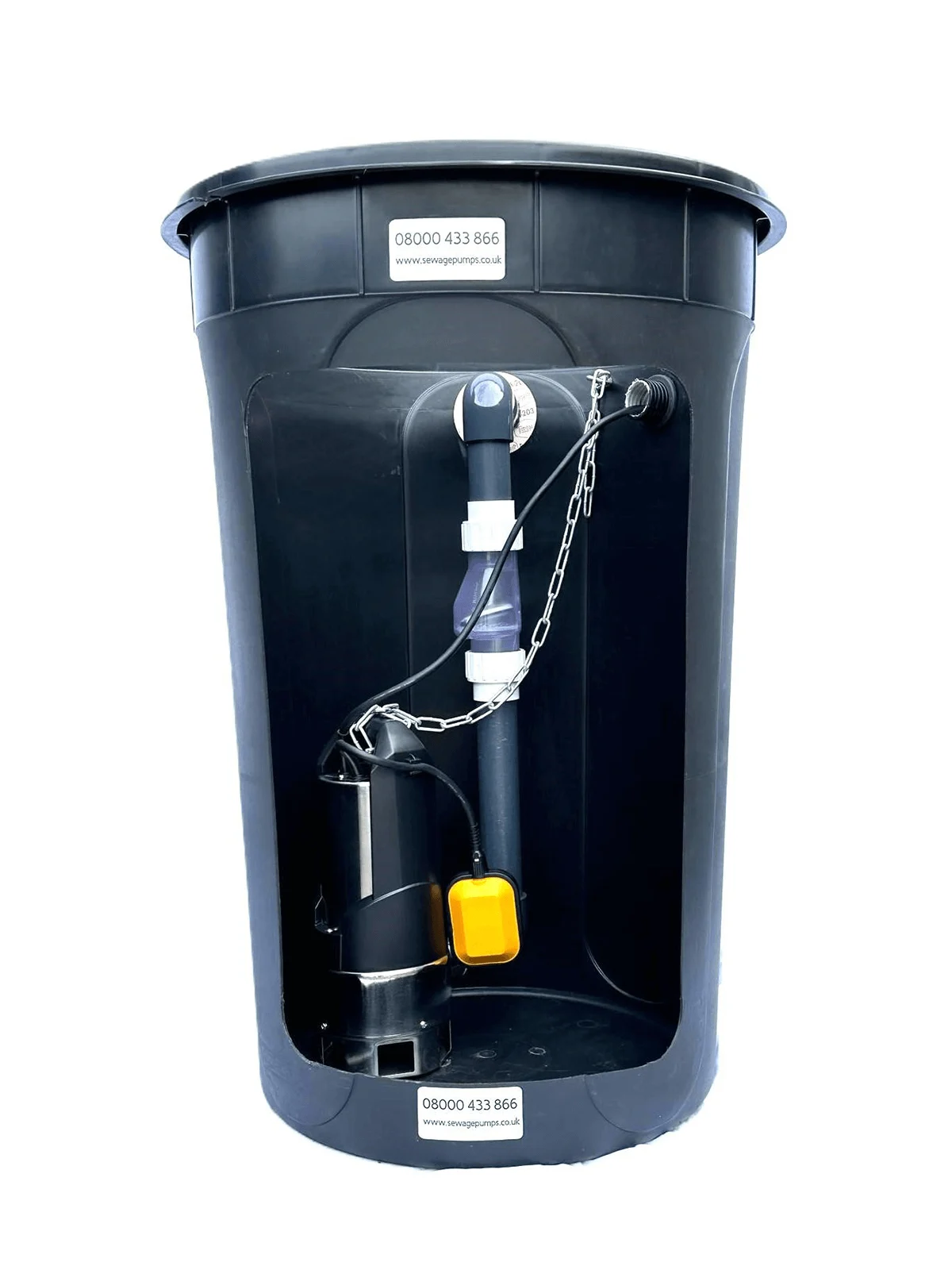
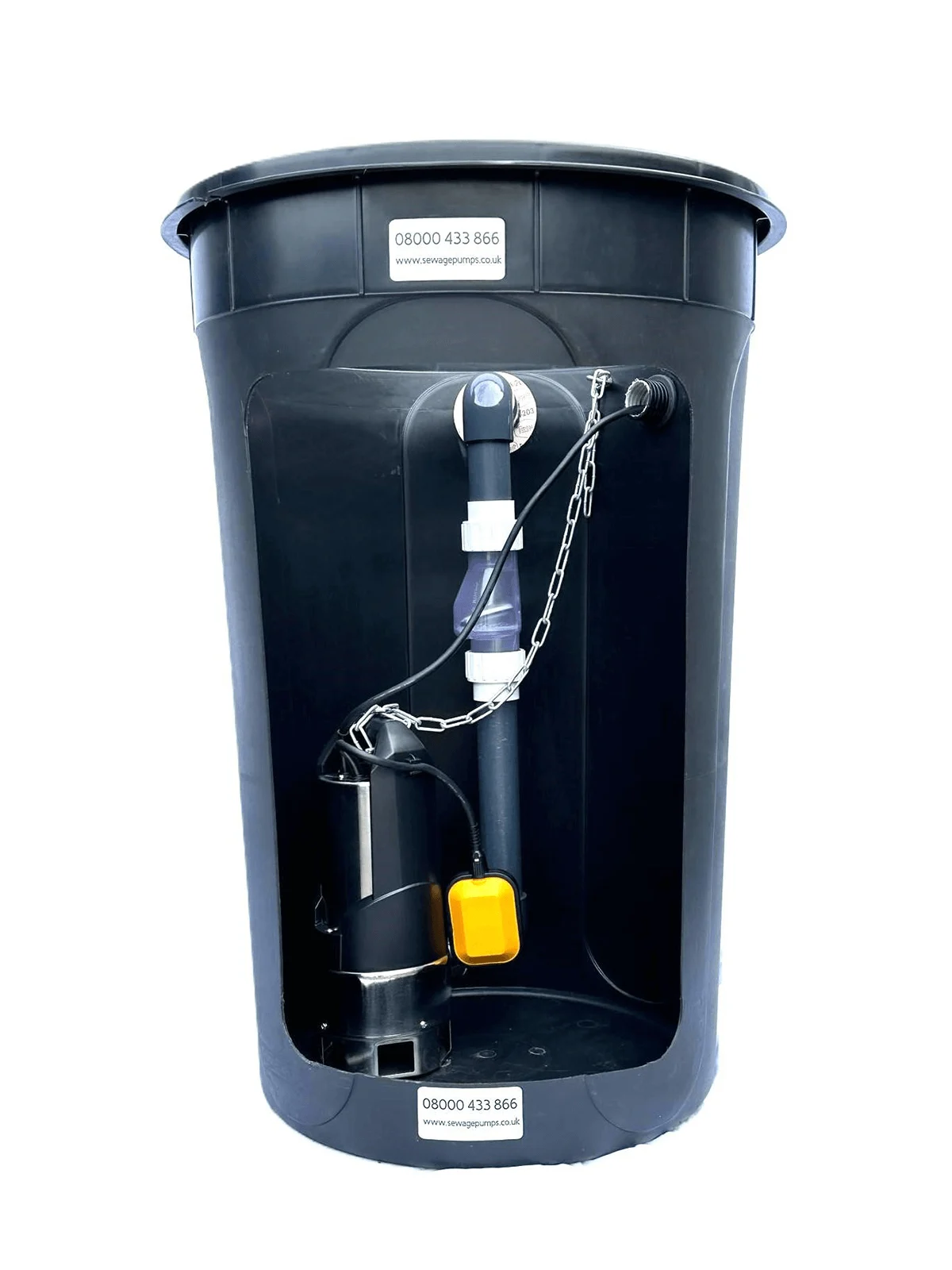
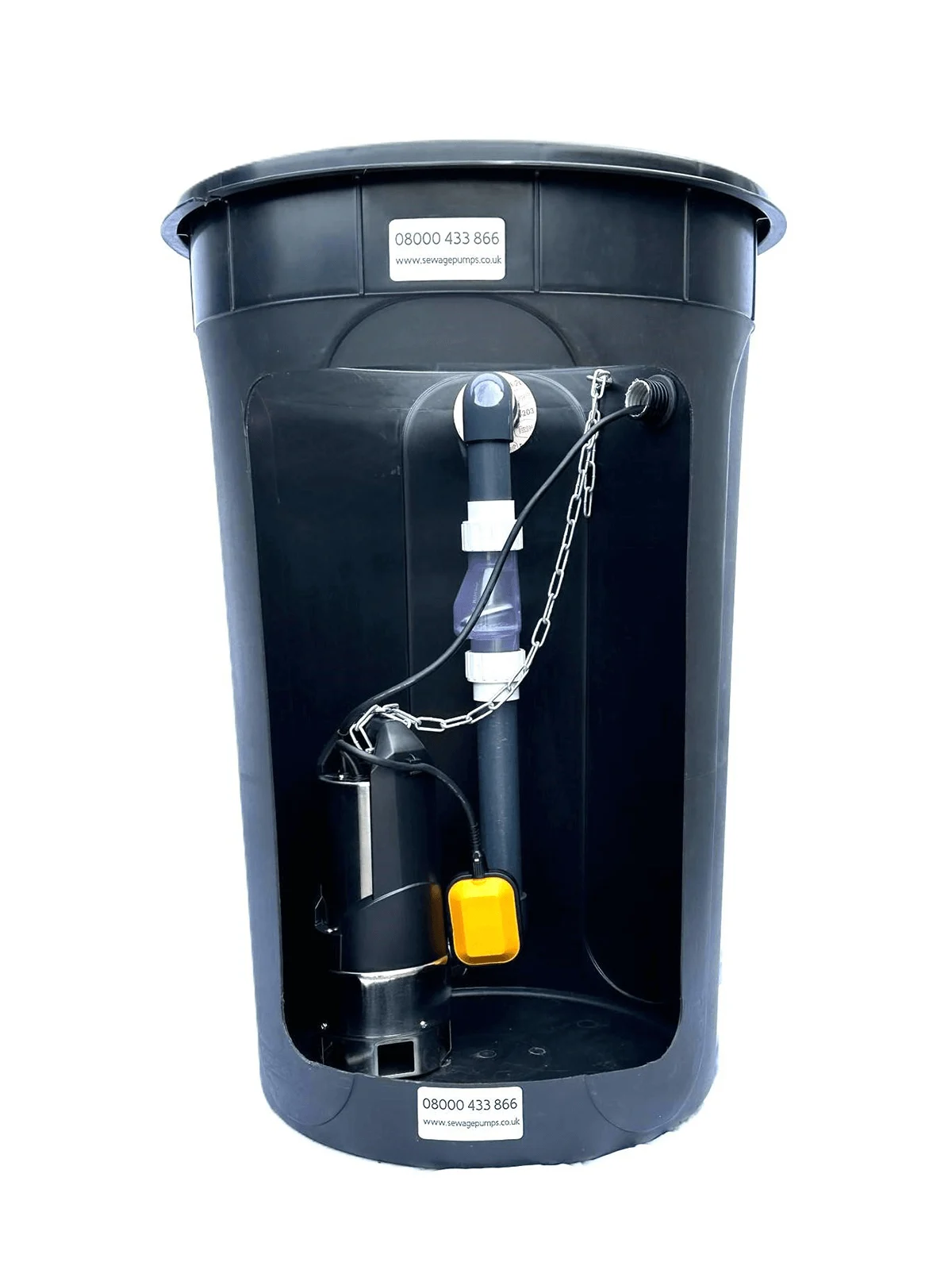
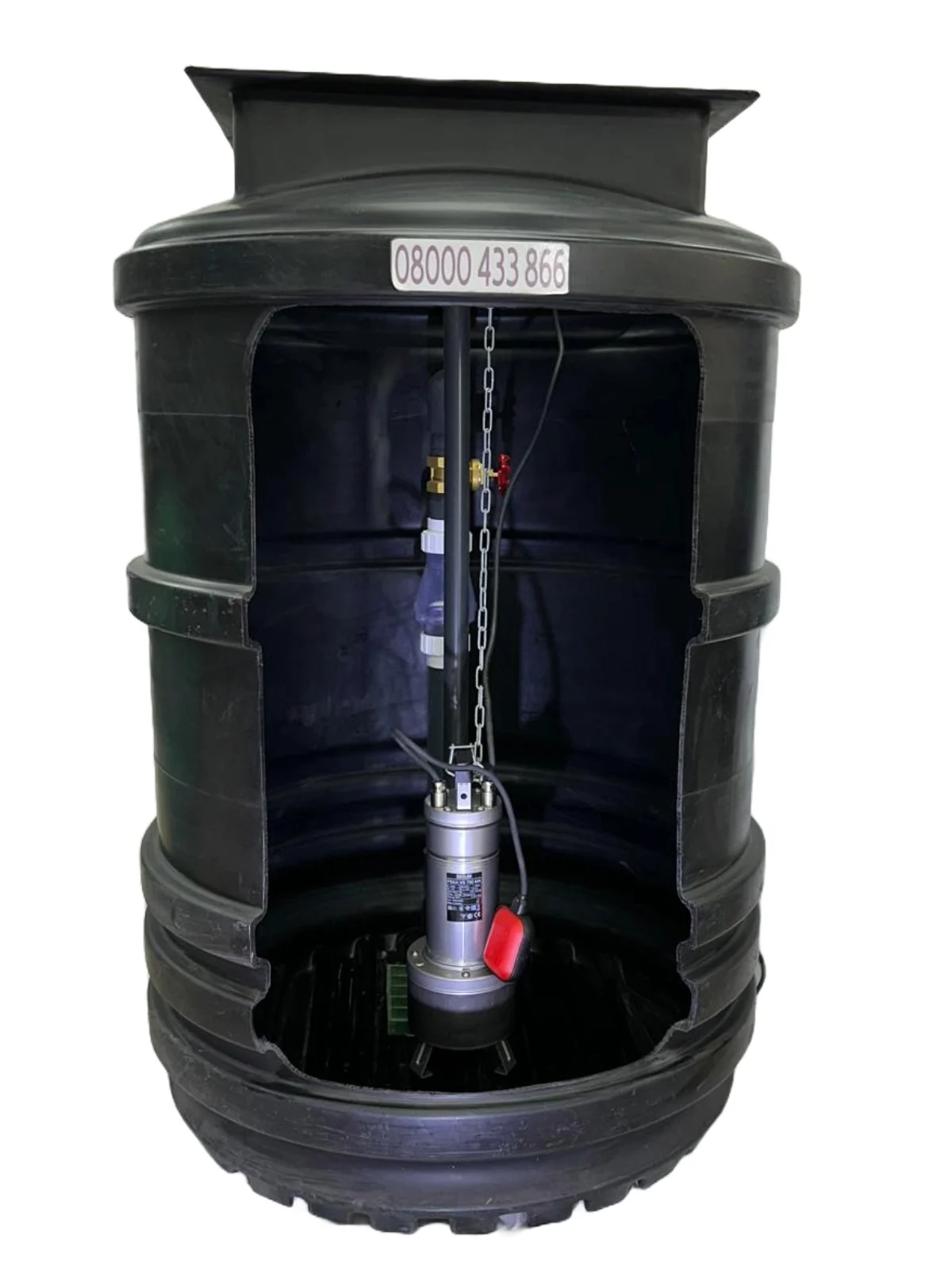
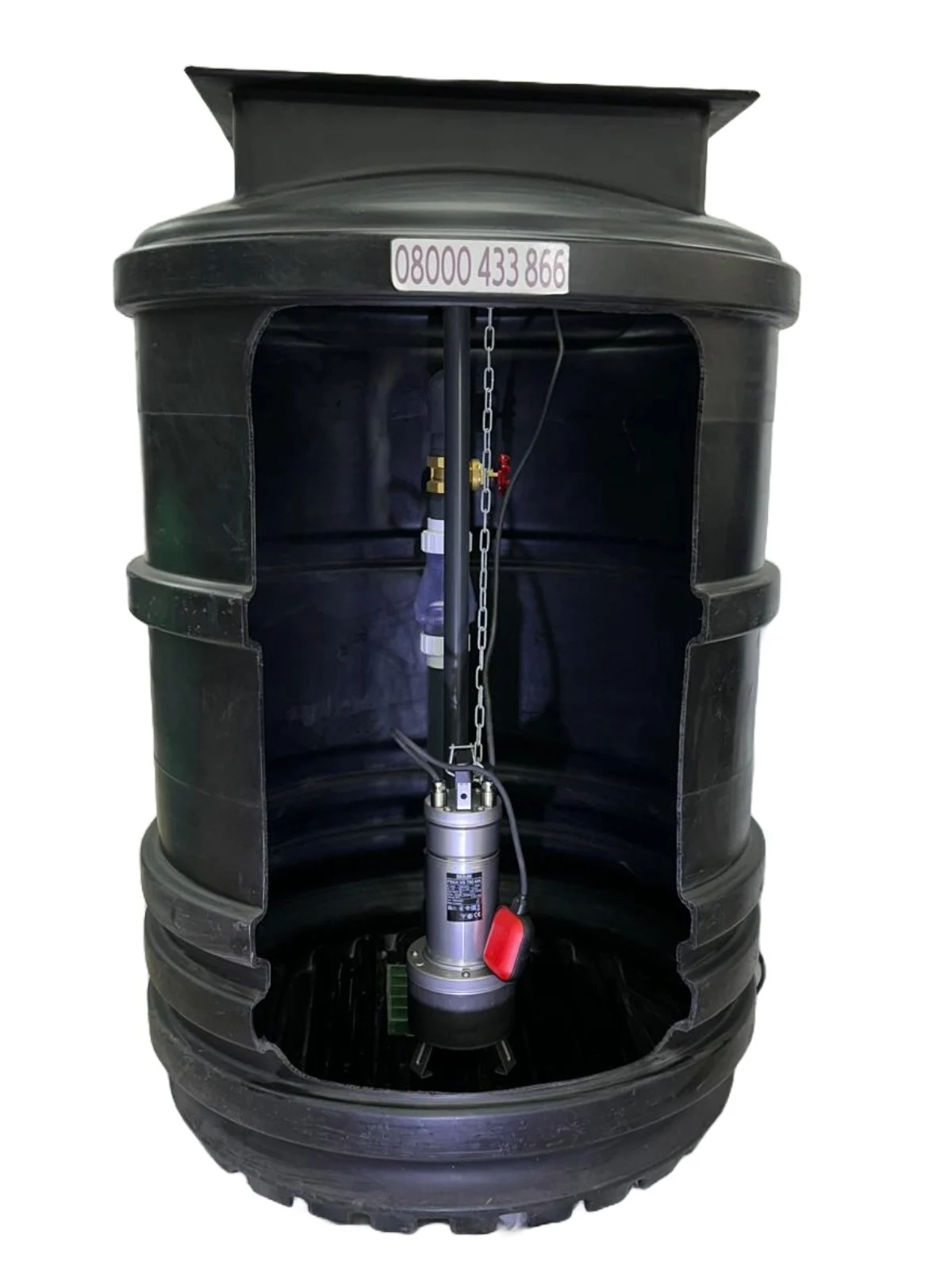

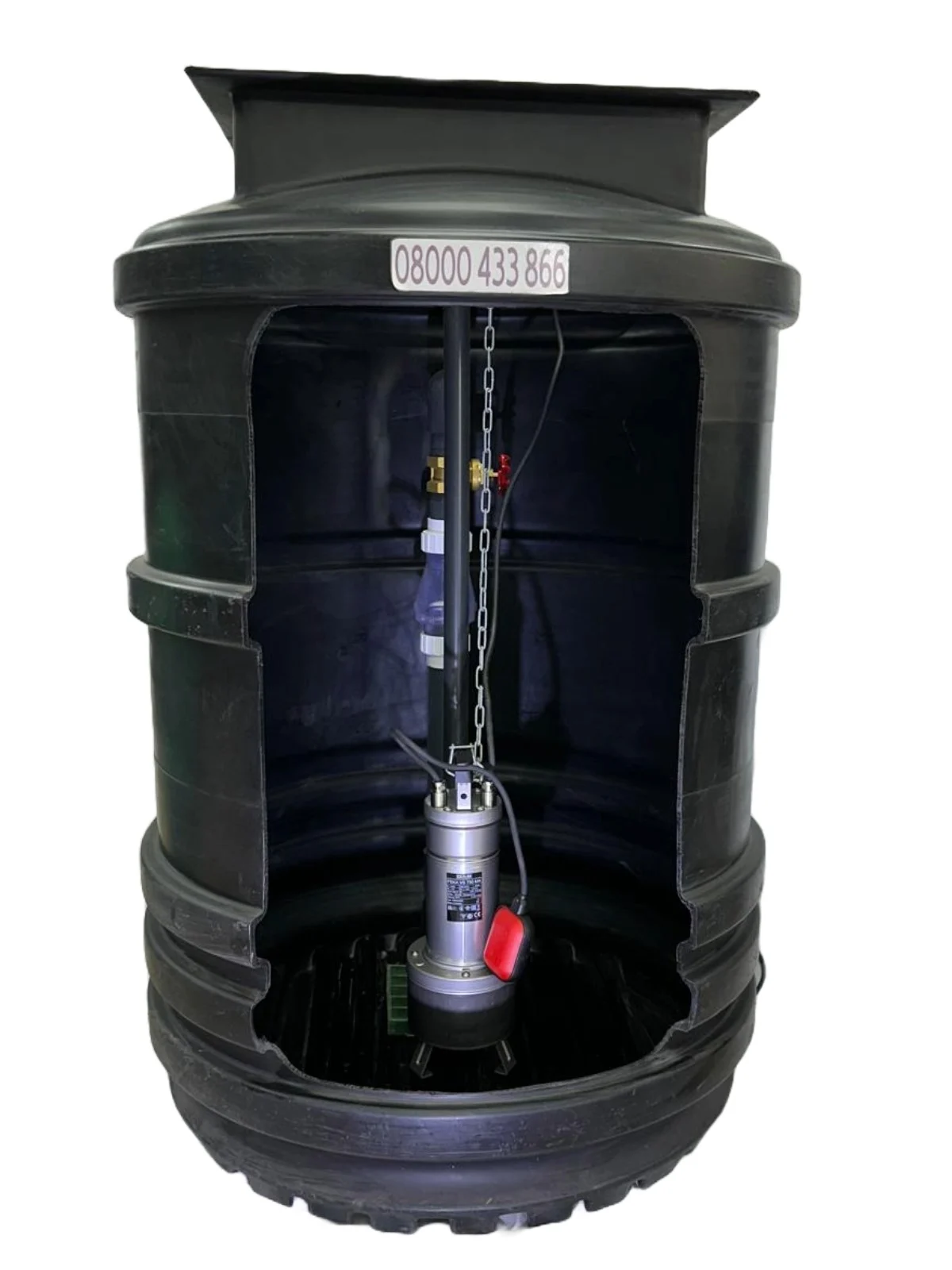

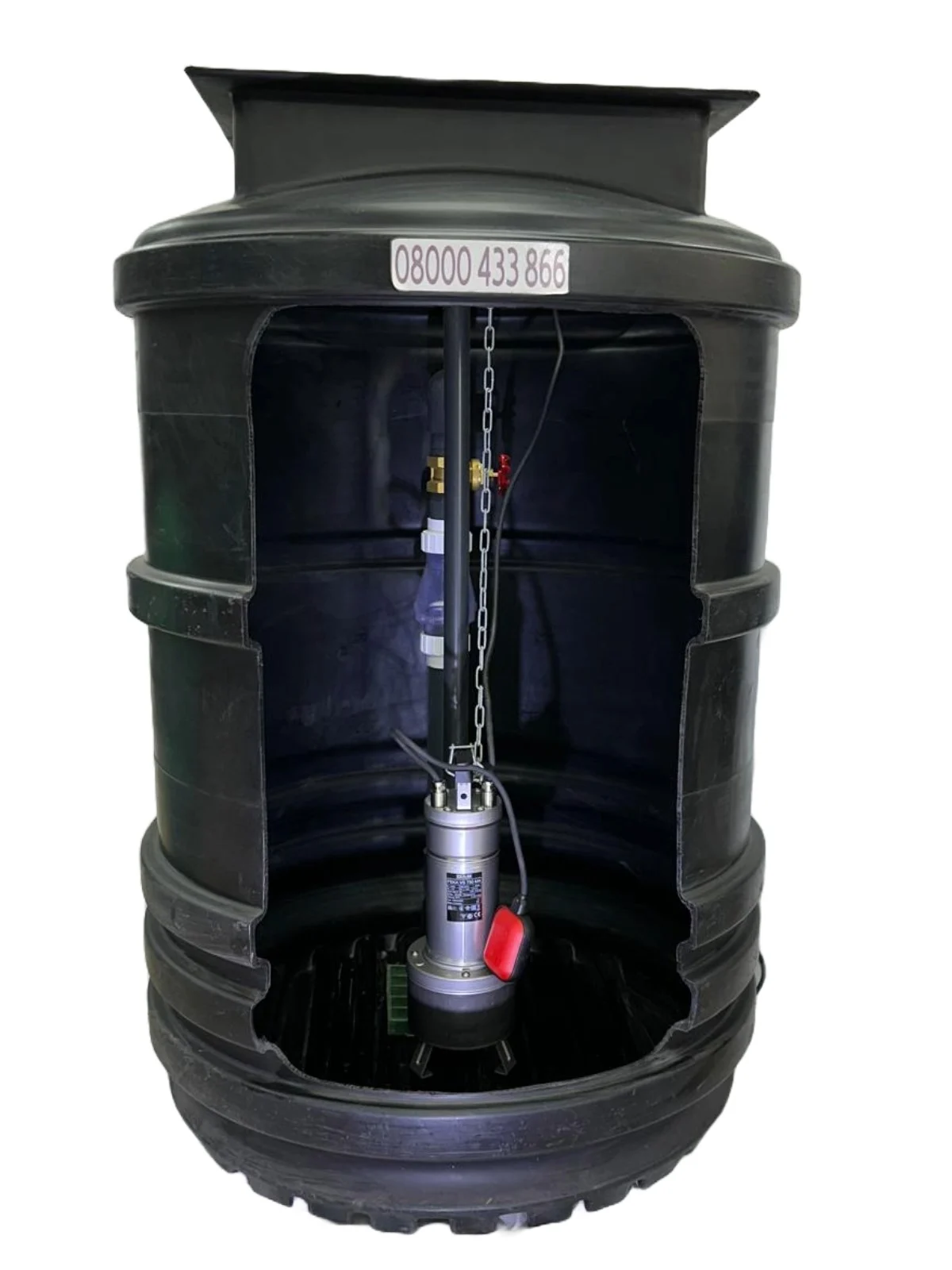
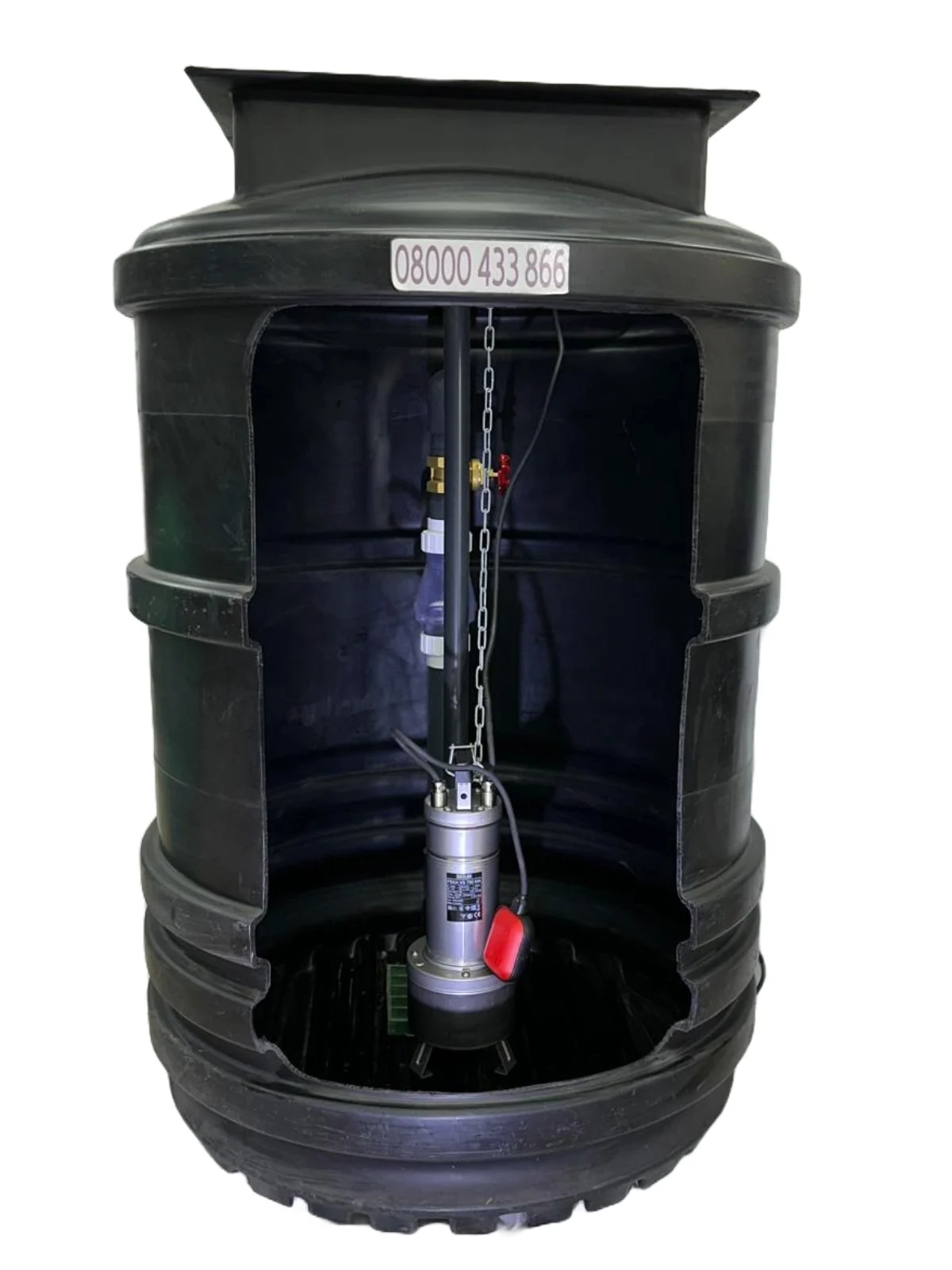


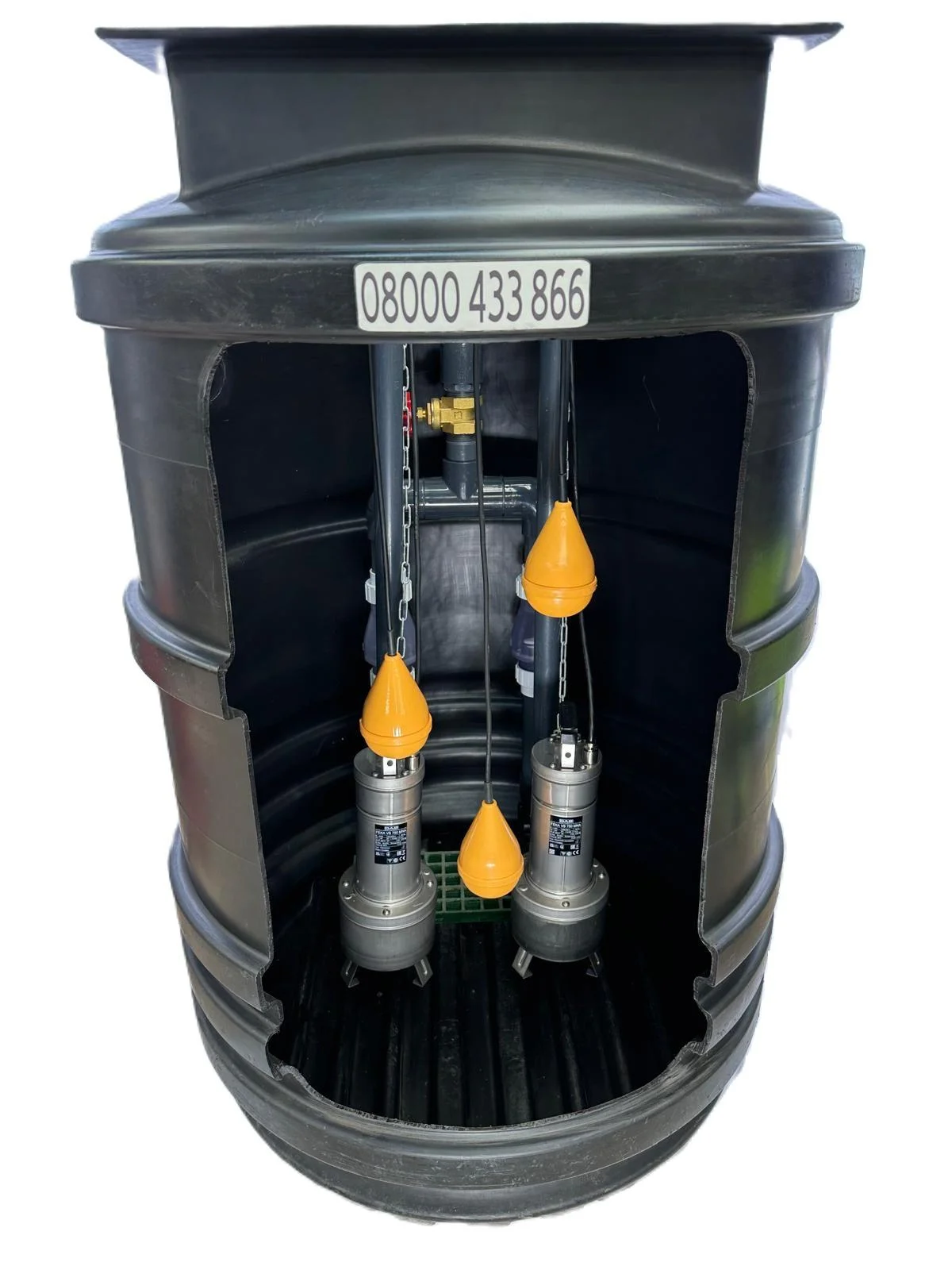
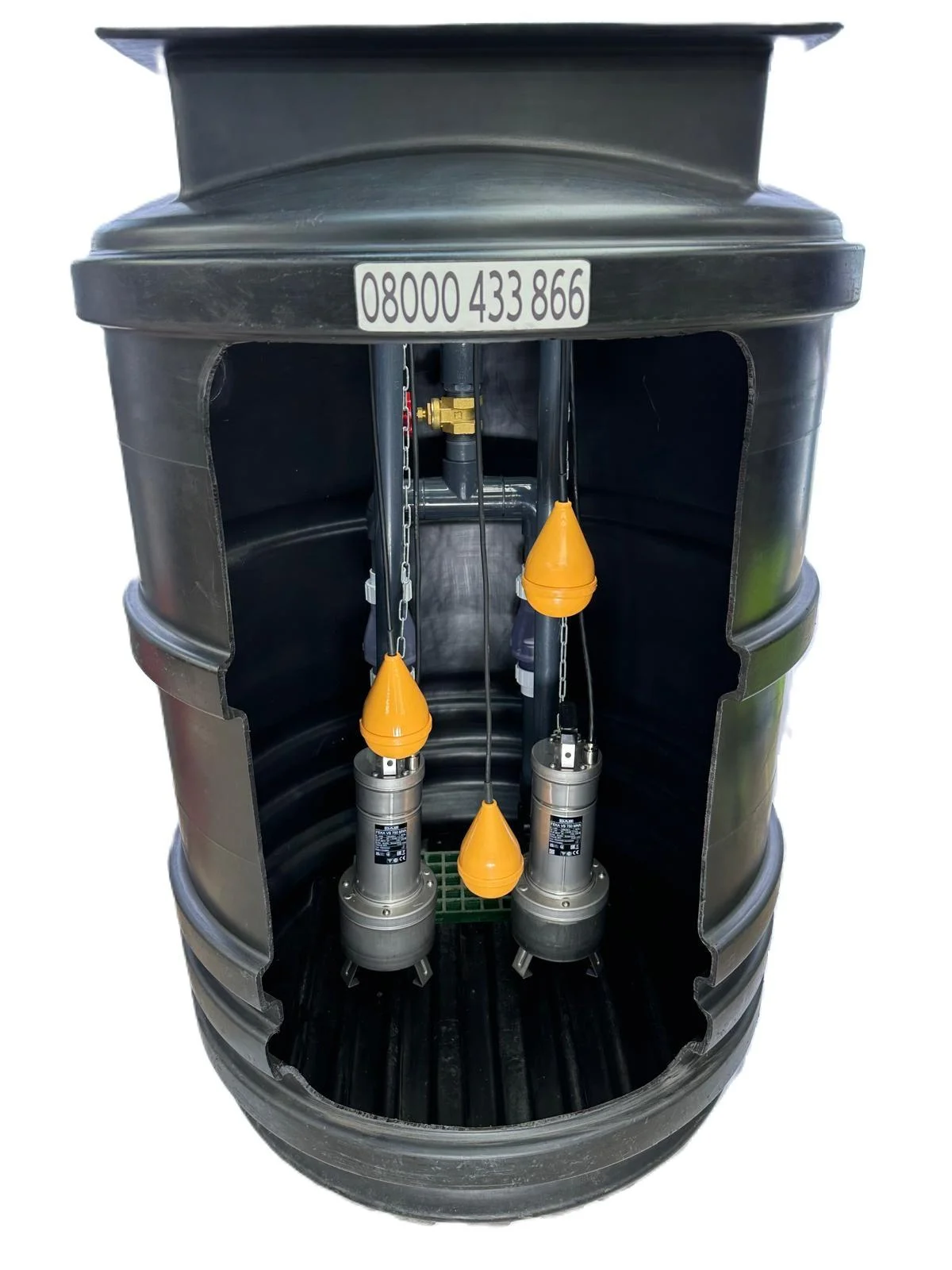

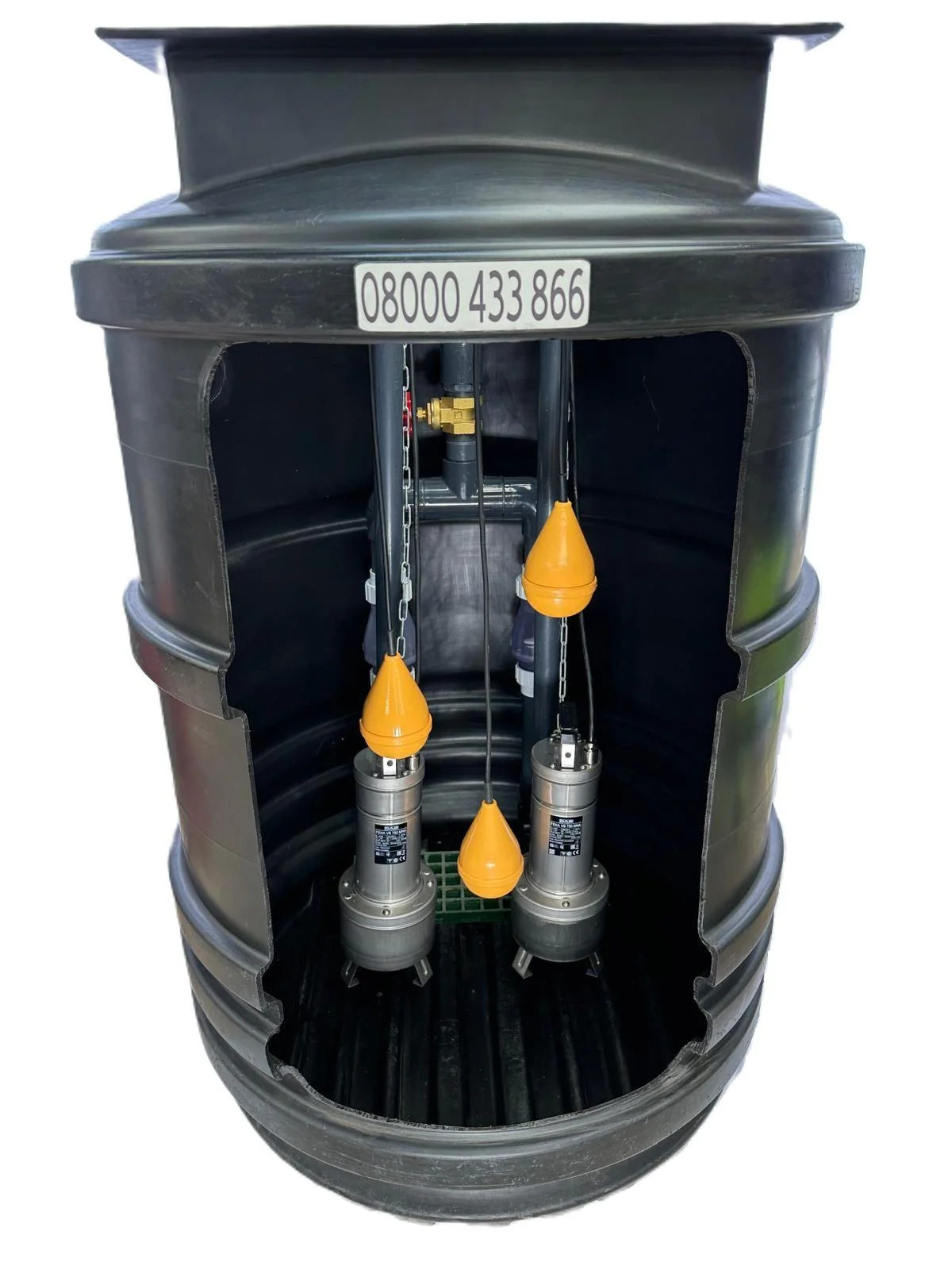
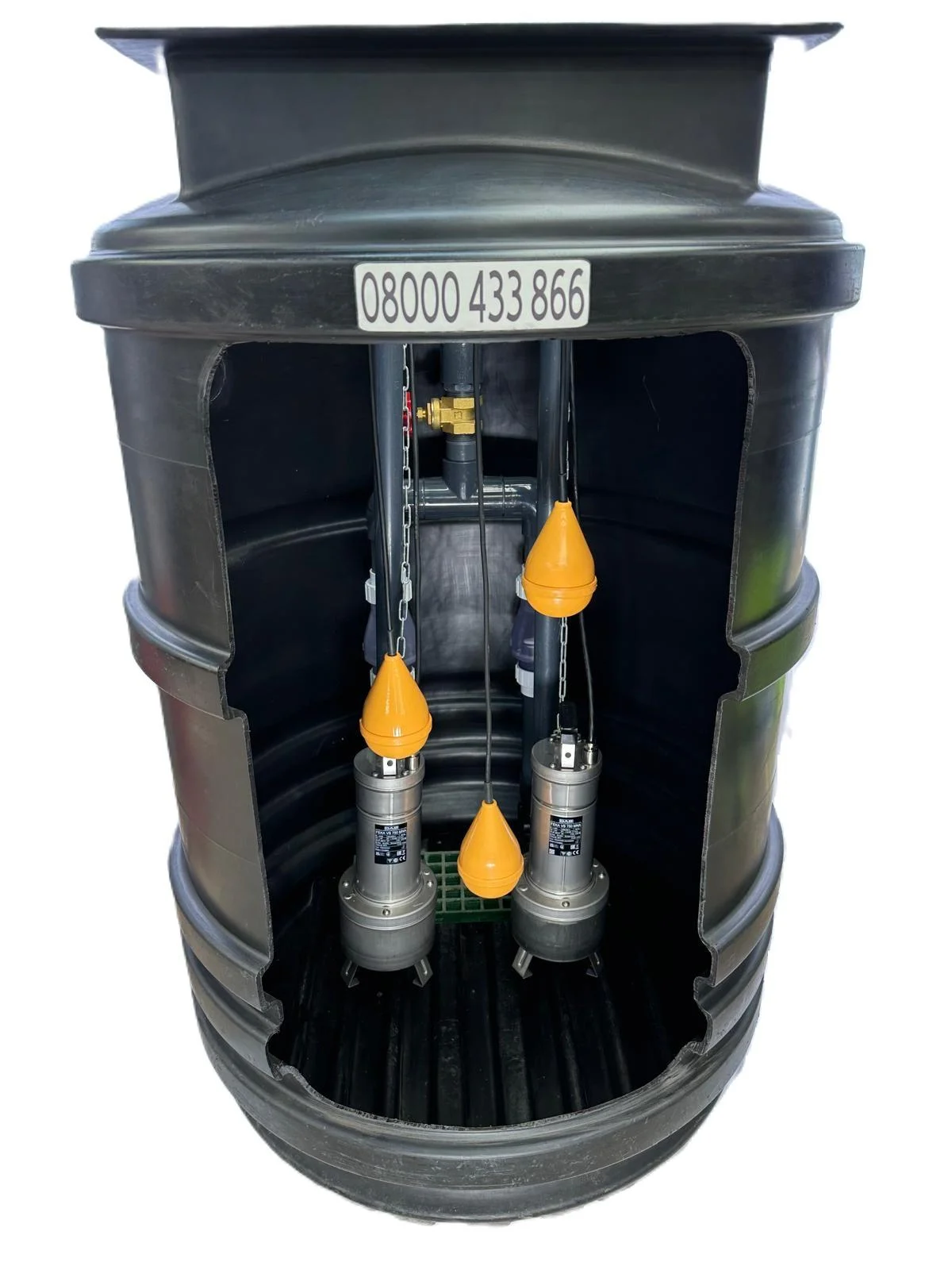
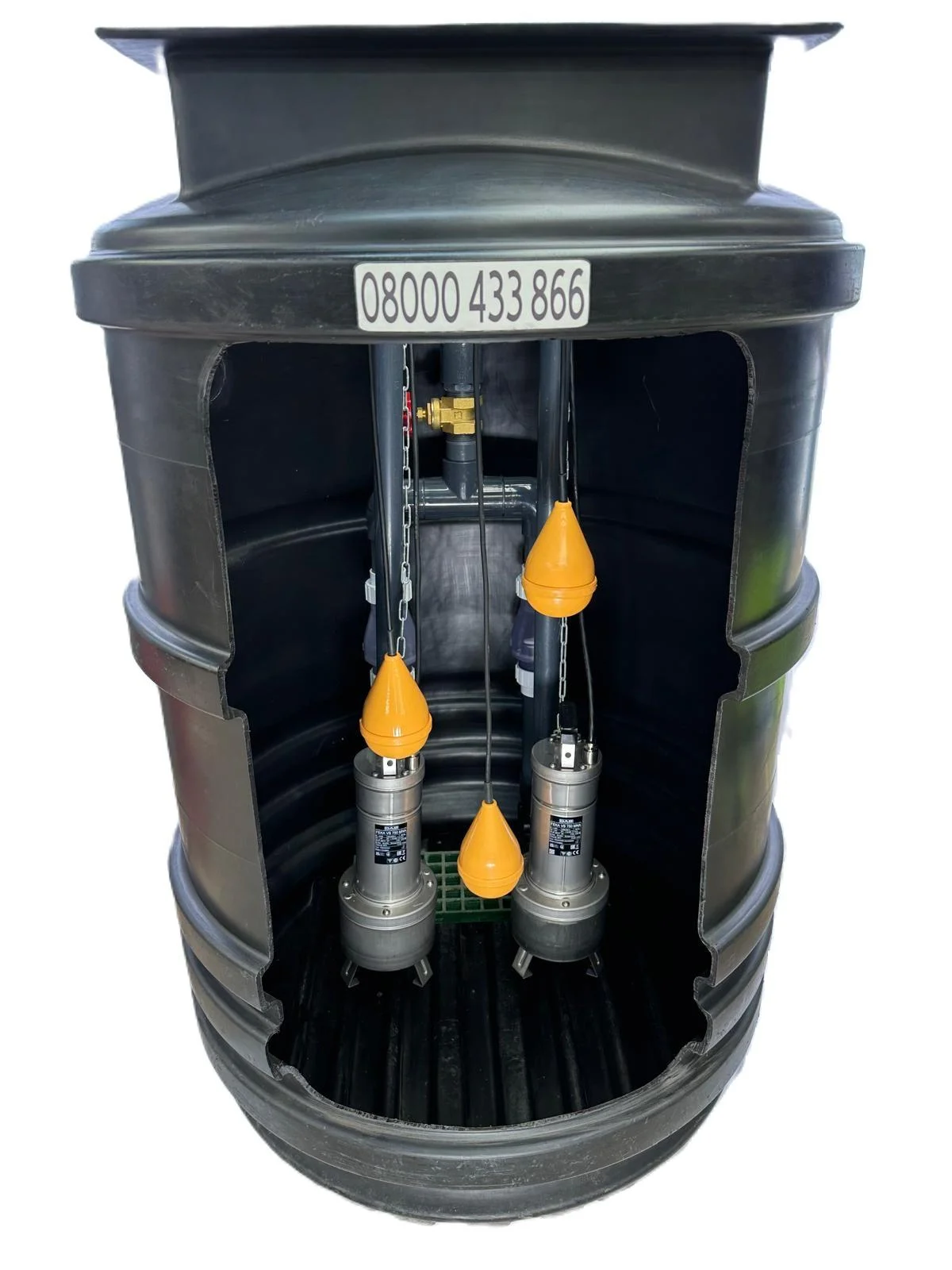
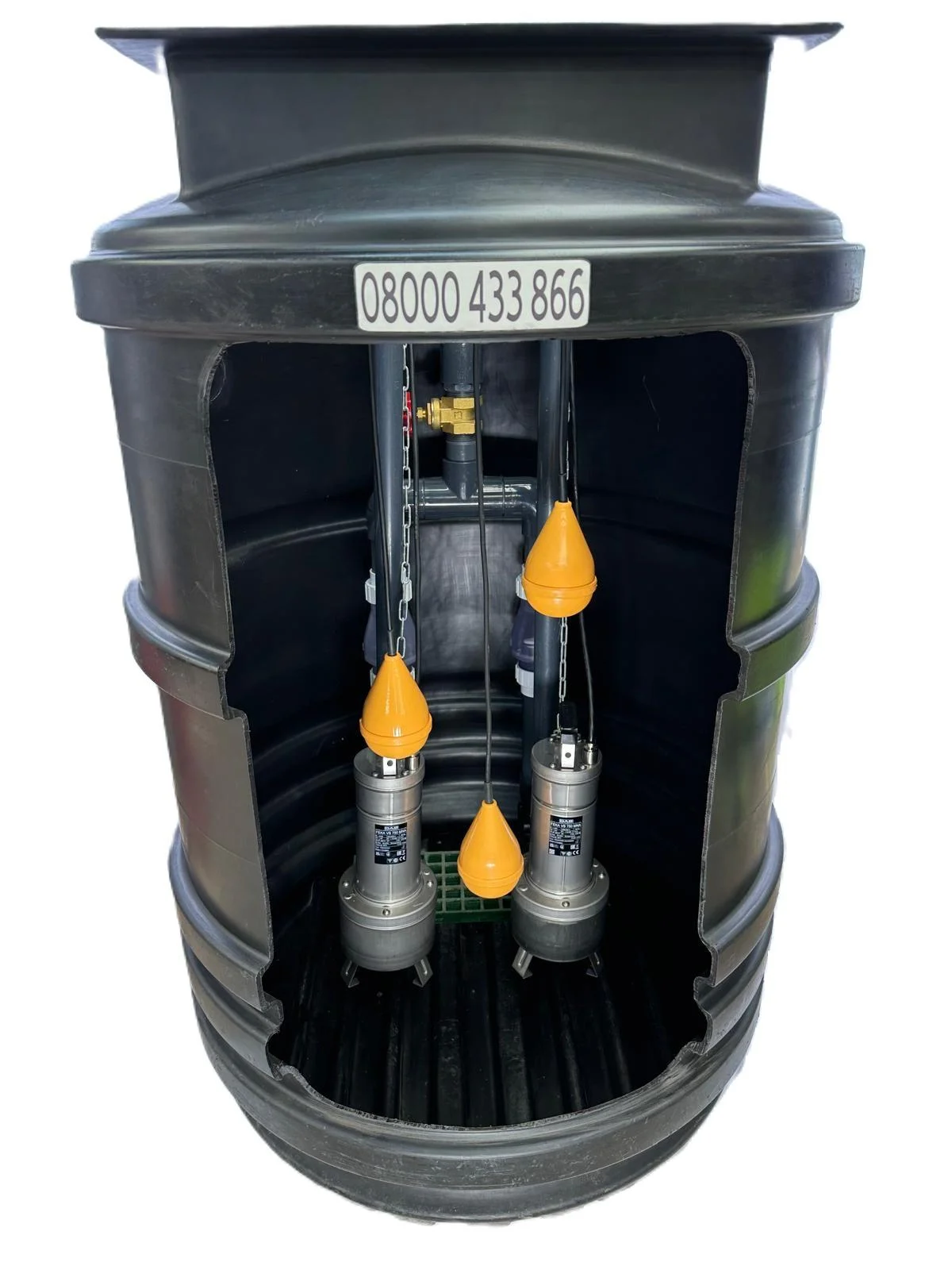
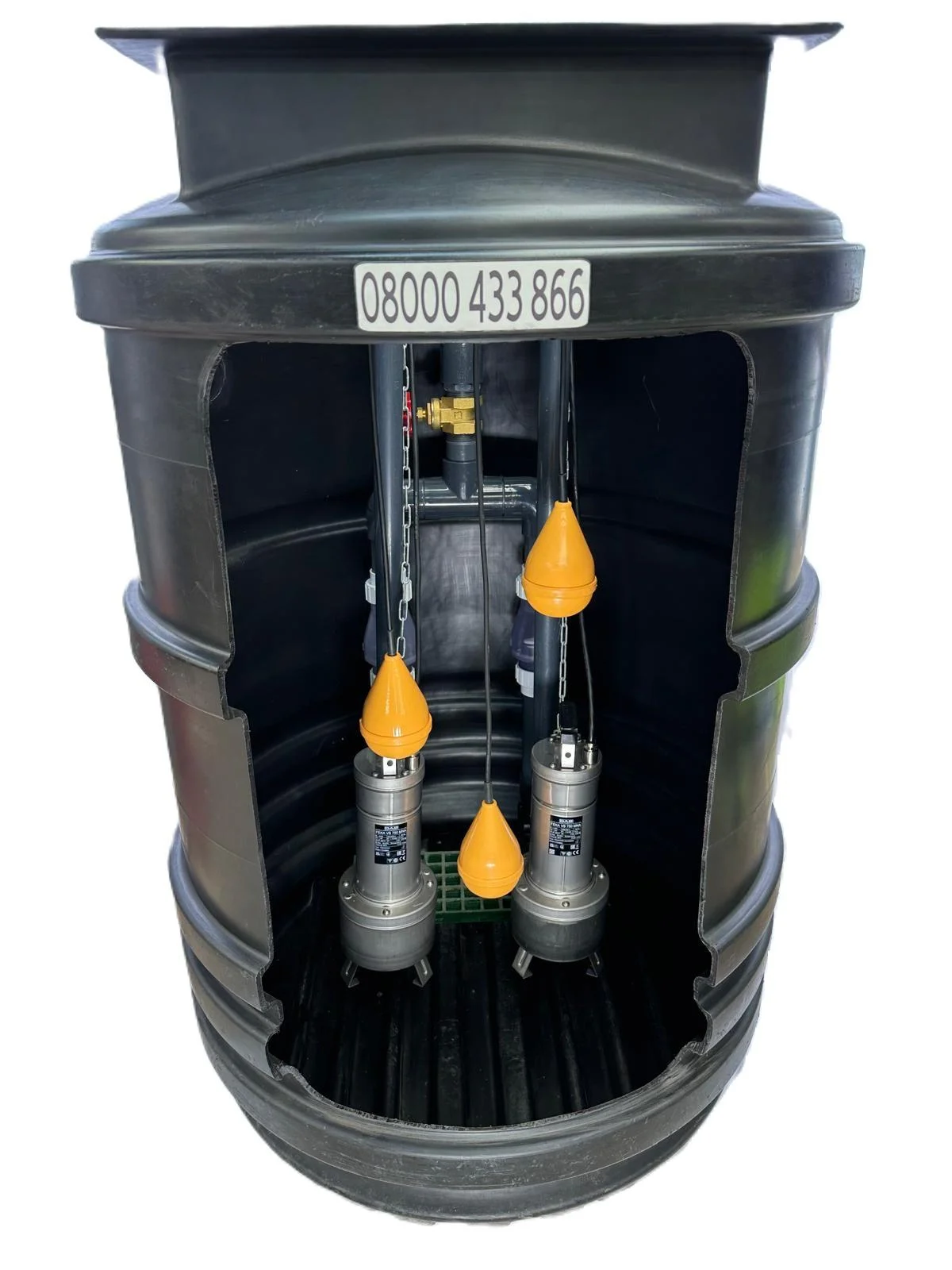
Sewagepumps.co.uk is the UK market leader in the design, manufacture, delivery and installation of Packaged Pumping Stations for sewage, surface water, grey water, treated effluent, and basement or cavity drainage.
We manufacture our own pump systems from our 3-acre site in Kent using only the finest components sourced from many UK and Worldwide component manufacturers.
We pride ourselves on same-day dispatch, and WE WILL NOT BE BEATEN ON PRICE!
We offer a ‘better than’ price match guarantee and will 100% beat any price or quotation that is sent to us for ‘like for like’ equipment.
We hope you enjoy browsing our standard ‘always in stock’ range of sewage pumps and packaged pumping stations. If you are looking for a bespoke solution or something that we do not feature on our website, then please contact one of our sales team, and we would be delighted to assist you.
WE WILL NOT BE BEATEN ON PRICE, QUALITY, OR SPEED OF DISPATCH!
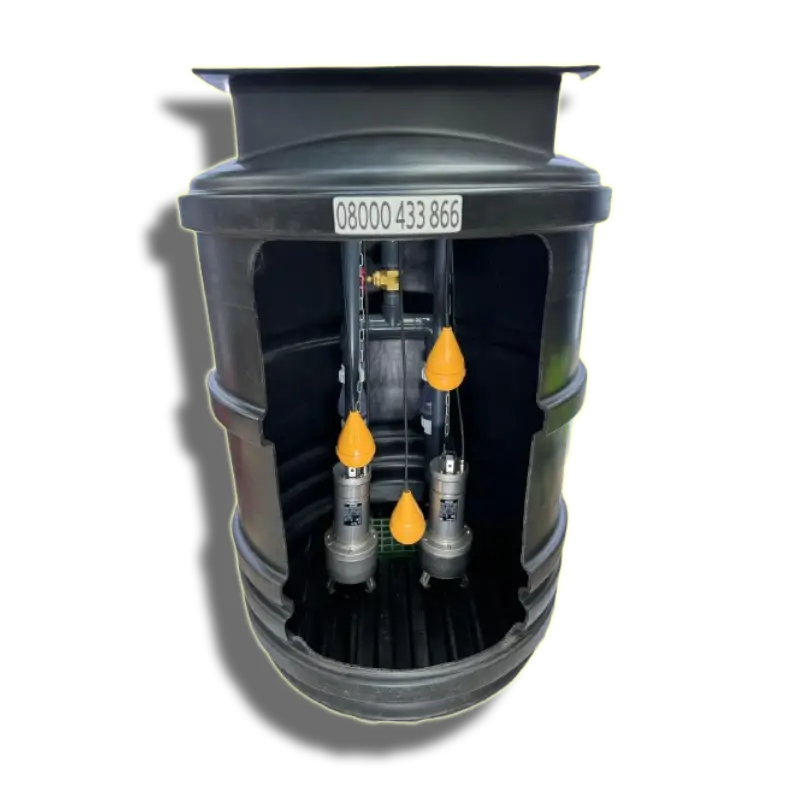
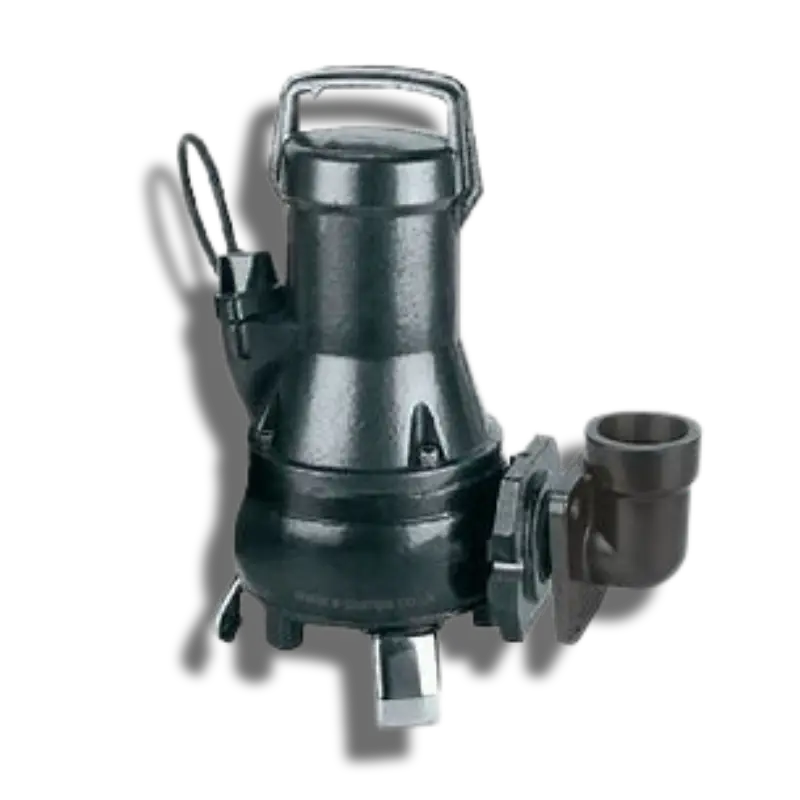
.A stormwater pump station helps prevent flooding by moving excess rainwater from low-lying areas to places where it can drain properly, like rivers, streams, or ditches. It’s especially useful in areas with poor natural drainage.
Collects Rainwater – When heavy rain falls, water gathers in low-lying spots.
Pumps It Away – The station’s pumps move this water to a higher area where it can drain safely.
Prevents Flooding – This helps protect homes, roads, and other infrastructure from water damage.
Submersible Pumps – These are placed underwater, making them quieter and less visible.
Dry Well Pumps – These are housed in a separate space, making maintenance easier.
They keep streets, homes, and businesses safe from flooding.
They’re especially important in cities and coastal areas prone to heavy rain.
They help manage rainwater when natural drainage isn’t enough.
The pumps must handle not just water, but also debris like leaves and small twigs.
Reliability is crucial—if they fail, flooding can happen quickly.
Moving rainwater to a river, stream, or ditch when gravity alone won’t do the job.
Protecting urban areas from water buildup.
Assisting with flood control in storm-prone regions.
A surface water pump station helps move water, like rainwater or stormwater, when gravity alone can’t drain it. It’s often used to prevent flooding or move water to a higher location.
Collects Water – Water gathers in an underground storage chamber (also called a “wet well”).
Detects Water Level – A float switch senses when the water reaches a certain level.
Pumps It Away – The pump automatically turns on and moves the water to a higher point or into a drainage system.
In areas where natural drainage isn’t enough.
When a location is lower than the main sewer or drainage system.
To prevent flooding in basements, cellars, or low-lying land.
Removing clean, grey, or surface water.
Draining basements and cellars.
Managing stormwater and excess rainwater.
Moving treated wastewater from sewage plants.
You might need a sewage pump if your home’s plumbing is below the main sewer line—this is common in basements or homes built on sloped land. Since gravity alone can’t move wastewater in these situations, a pump helps push it upward into the sewer system.
Your Home’s Location Matters – If your house sits on a slope or has plumbing below the main sewer line, a sewage pump is likely needed to move wastewater uphill.
Basement Bathrooms – If you have a bathroom in the basement, you almost certainly need a sewage pump since it’s lower than the main sewer line.
Watch out for these warning signs that a sewage pump might be necessary (or that your current one isn’t working properly):
Slow Drains – If your sinks, tubs, or toilets drain slowly or clog often, your drainage system may need a boost.
Sewage Odor – A persistent bad smell could mean waste is backing up instead of flowing properly.
Sewage Backup – Water or waste coming back up into sinks, tubs, or toilets is a clear sign of a problem.
Pooling Water – Water collecting in your yard or near the house might indicate a septic or sewage issue.
Strange Noises – If your sewage pump is making odd sounds, it could be struggling to work properly.
The main difference between a drainage pump and a sewage pump is what they handle. Drainage pumps move clean or slightly dirty water, while sewage pumps are built to handle wastewater with solids and debris.
Purpose – These pumps are used to remove excess water from places like basements, crawl spaces, and around foundations to prevent flooding and water damage.
Fluid Type – They handle clean or slightly contaminated water, like rainwater, groundwater, or water that’s seeped into a basement.
Design – Drainage pumps are typically smaller, lighter, and less powerful than sewage pumps, with simpler designs that don’t handle solids.
Examples – Sump pumps are commonly used in basements to pump out extra water.
Purpose – Sewage pumps move wastewater, including human waste and other solids, from places where gravity can’t push it to a sewer or septic system.
Fluid Type – These pumps handle wastewater with solids, like toilet waste, greywater, and other household wastewater.
Design – Sewage pumps have stronger motors and impellers to handle solids. Some even have grinders to break down solids before pumping.
Examples – Sewage ejector pumps are used in homes with basements or areas below the sewer line.
Each pump does a specific job to keep your home safe and dry!
If a sewage pump stops working, wastewater can back up, causing big problems like overflowing toilets, bad smells, and potential health risks. Here’s what can happen if your sewage pump fails:
Sewage Backups – The biggest issue is that wastewater can’t be pumped out, so it backs up into toilets, sinks, and other drains.
Flooding – If the backup is bad enough, it could flood your basement or other areas with sewage.
Bad Odors – Standing sewage smells terrible and can make the area unlivable.
Health Hazards – Contact with raw sewage can spread harmful bacteria and viruses, creating serious health risks.
Environmental Harm – If a pump station fails, raw sewage could end up in the environment, harming wildlife, including fish.
Property Damage – Sewage backups can damage your home’s floors, furniture, and electrical systems.
Plumbing Shutdown – A failed pump can shut down your whole plumbing system, leaving you without running water or the ability to flush toilets.
Look out for these issues that might signal the pump is malfunctioning:
Unusual Noises – Strange squeals, bangs, or grinding noises could mean something’s wrong.
Gurgling Sounds – If you hear gurgling in the pipes, it might be a sign that the pump isn’t working right.
Pump Runs Nonstop – If the pump keeps running without stopping, it could be a sign of a malfunction.
Motor Issues – The motor might fail due to electrical problems, overheating, or wear and tear.
Overheating – If the pump overheats, it can get damaged and stop working properly.
Float Switch Problems – A faulty float switch can stop the pump from turning on or off when needed.
Blocked Impeller – A blocked impeller can cause the pump to overheat or fail to work properly.
Damaged Pipes – Broken or corroded pipes can also cause problems with your pump.
If you notice any of these signs or a pump failure, it’s important to get it checked out quickly to avoid bigger issues like damage or health risks!